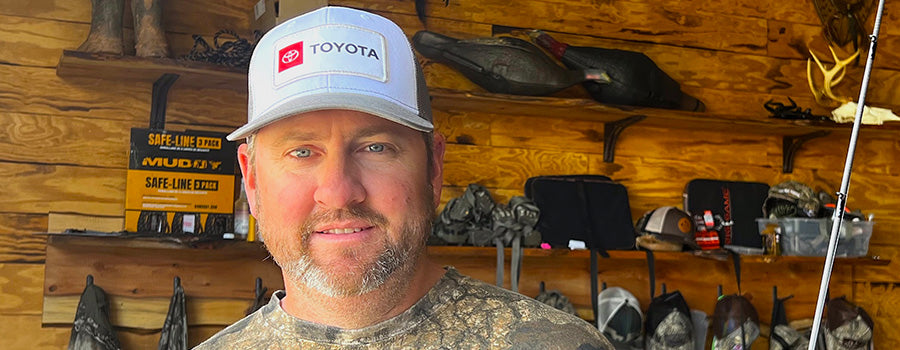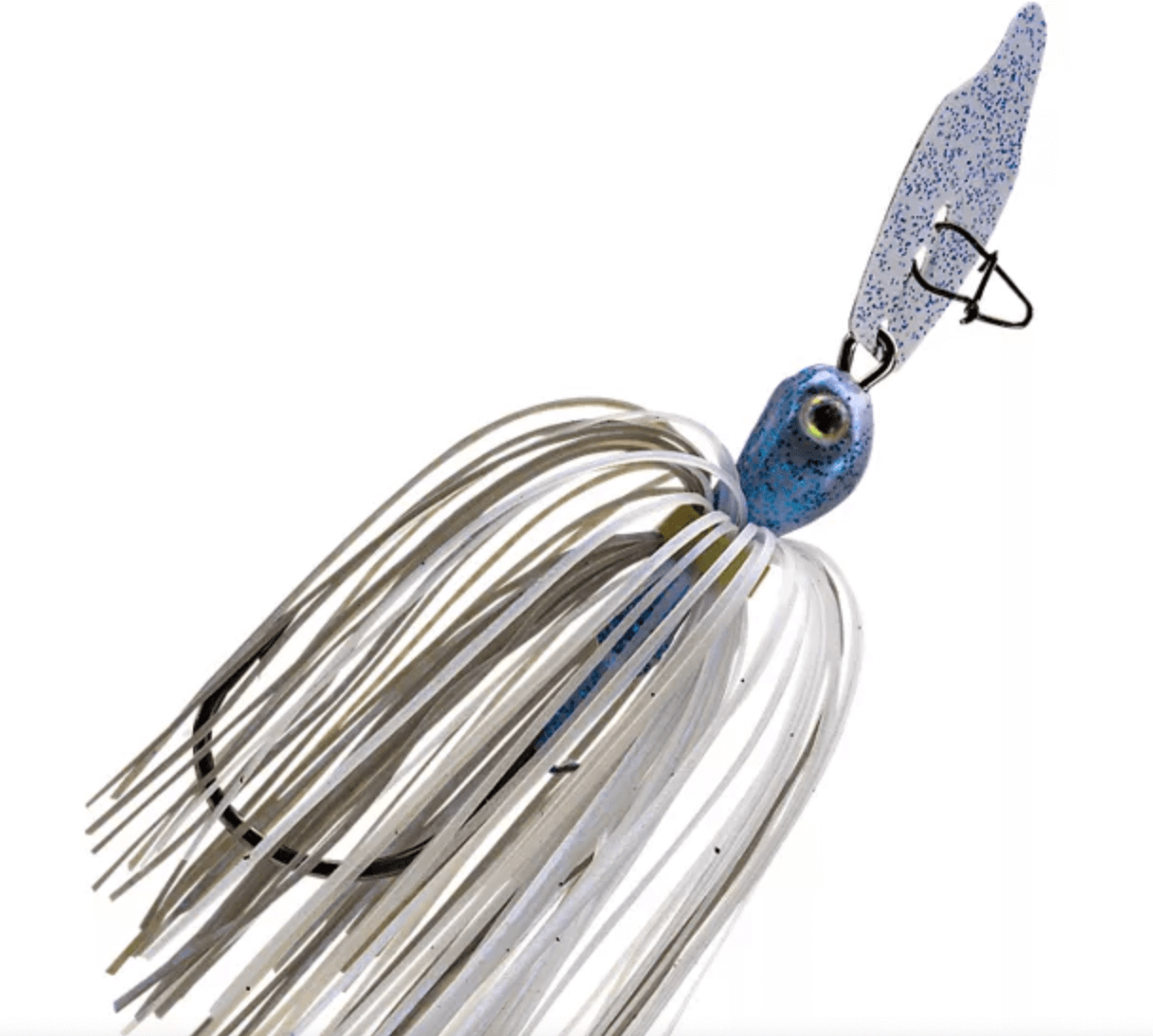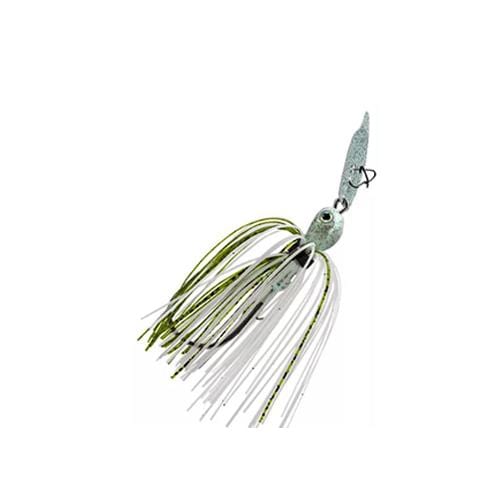Like a lot of bass anglers, April creates a passionate tug-of-war for Team Toyota’s Matt Arey between thoughts of fish moving shallow to spawn and turkeys gobbling, but his addiction to outsmarting the big majestic birds is best traced to a Cleveland County, N.C. grave marker.
Arey credits his high school buddy Josh Ferree for introducing him to turkey hunting. Ferree passed unexpectedly, seemingly way too young at age 24, while hunting. The lower right corner of his grave marker includes an embossed image of a gobbler.
“I shot a gobbler on one of my very first hunts with Josh, and I thought turkey hunting was pretty easy. Boy, was I wrong! I’ve killed a bunch of birds since Josh took me that first time when we were about 18, but man, I’ve taken a lot butt kickings from those birds and learned a lot by losing,” reflects Arey.
He kindly shares three bits of turkey hunting wisdom he’s learned the hard way since that first successful hunt.
Use mapping technology to know the land your hunting
“I use the HuntStand app and website to study whatever land I’m hunting in detail so I can choose the best spot to set up. For example, I always want to avoid making a bird cross a fenceline or walk down a hill to get to me. So it’s critical to know the terrain of wherever you hunt, and mapping technology is a huge help,” explains Arey.
The goal is to avoid putting any sort of barrier between you and the bird, because any obstacle that is unfavorable to a turkey’s naturally desired pathway simply adds to the challenge of the hunt.
Each turkey talks a little different, so be versatile in your calling
“Much like spawning bass, every turkey has a slightly different personality, so you need to put in the work to get good with various kinds of turkey calls in order to best appeal to each individual gobbler’s personality,” says Arey.
For example, Arey may use a typically louder box call to connect with a bird that’s further away, but a slate call on a calmer less windy day. However, a diaphragm mouth call is his all-around favorite because of the versatility it offers. So, learn to use them all.
Walk like a turkey too
It’s critical to talk like a turkey in various tones and pitches to best appeal to each individual bird’s personality, but often overlooked by turkey hunters is how they walk in the woods.
“Deer hunters seem to be naturally mindful of walking softly, but a lot of turkey hunters seem to overlook the sounds their steps make. Gobblers hear well, maybe not as well as they see, but they can still detect unnatural sounds like a human stepping on branches. So, walk cautiously in the turkey woods,” says Arey.
These tips from Arey were mostly cultivated by making mistakes he’s learned to correct, as well as studying great turkey hunters like Dave Owens, Jason Heathcoe, and of our course, his first and much-missed mentor, Josh Ferree.








































